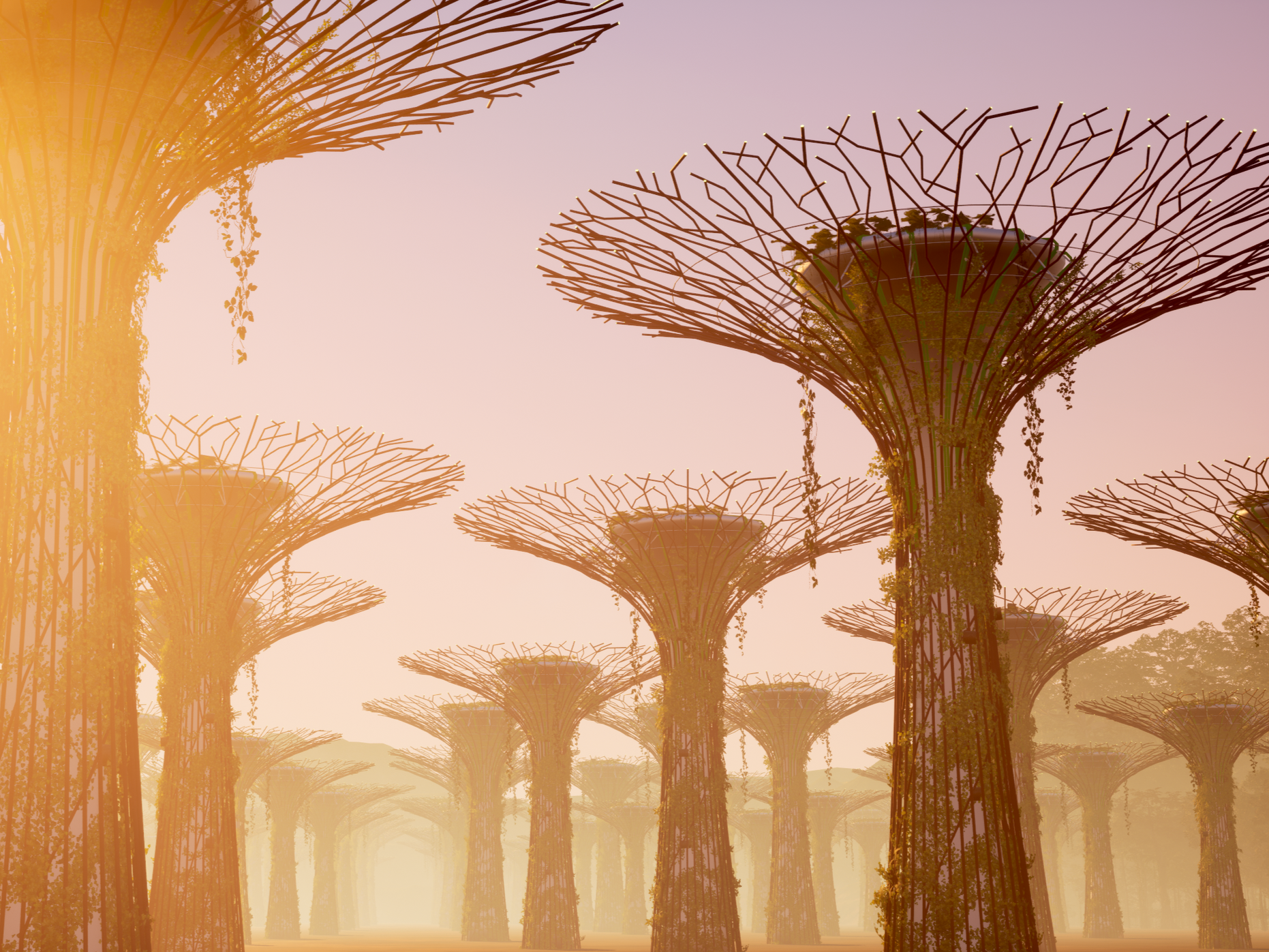Photography Powered By The Elements
Laure Winants goes above & beyond to capture natural phenomena
Words by Clara Le Fort . Images by Laure Winants
“Laure Winants is much more than just a photographer. Her images go further than what you would expect to see, presenting a deeper, visceral appreciation of the elements and of our fast-changing environment. It’s an aesthetic like no other. Photography is all about chemistry, and Winants has a unique way of intertwining materials and message, questioning the process and the ultimate purpose of contemporary photography. Whether she’s revealing the character of natural phenomena, or experimenting with lava, blue ice and permafrost, Winants pushes the boundaries of what is visible, and where photography could be going next.”
— Salomé d’Ornano, director of Fisheye Gallery, Arles & Paris
Based in Brussels and represented by Fisheye Gallery, Paris, Laure Winants is a Belgian visual artist whose work is grounded in research and exploration. Combining photography and experimental techniques — using scientific manipulation and tools to imagine prints — Winants is in a category all of her own, at the crossroads of science, art, climate change and new technologies. She surrounds herself with geographers, geologists, seismologists and philosophers, often working on expeditions, tackling environmental issues by confronting both the scientific and the artistic points of view.
Through her camera lens and her own words, we immerse ourselves in Winant's breathtaking visual and material journeys to gain a better understanding of our constantly evolving environment.
“I’m particularly interested in new interactive aesthetics; I like to use techno-scientific tools to ‘see beyond’ what the eye can see. My quest is to reveal the invisible, for example, better understanding a type of crater or the character of a volcanic eruption. I like to think I give them a voice through my prints.”
“I’ve always been passionate about the popularisation of science. I grew up with bird-watching parents and, since childhood, closely observing nature was key to my education. I was avidly reading scientific and oceanographic exploration novels by Jules Verne, or texts by the great Belgian and French volcanologist and geologist Haroun Tazieff. Out-of-the-box personalities attracted me and I could have very well become an oceanographer myself.”
“Being attentive to what surrounds us is part of my work today. I question and monitor the elements, listen to thunderstorms or the movements of the earth. I like to study seismology before an eruption; I have a long-standing love of volcanoes and am always in awe when I feel their pulsations recorded by field-sensors. I exchange on a daily basis with volcanologists! Back in 2018, I practised thermal imaging on Stromboli and Etna and could see how in the future we would photo-cartography volcanoes in this way — which became a reality a few years later in Iceland.”
“In 2022, for the Phenomena project, I went on a field-research trip to study glaciology and volcanology with a multidisciplinary team from Háskóli Íslands, University of Iceland. Many measurement tools were at our disposal to help project the evolution of glaciers and the rise in water levels following different scenarios. At that particular moment, the Fagradalsfjall volcano was showing surprising levels of activity, producing carbon dioxide, hydrogen sulphide and halide gases. When the eruption started, although I was supposed to work on glaciers, our team’s attention shifted. We were among the first to have access to the lava field: clad in silver thermal gowns, we approached the magma, took samples using long spoons, probes and sensors. It was risky, but understanding the intensity of the flow was at stake.”
(Above) The three Phenomena prints and accompanying materials produced in the field can be seen as an ‘immersive scenography’ that combines prints created using lava as pigment, 3D modelling monitoring eruptions, a sound experience, geothermal photography and more.
“As an artist, I seek to create a physical experience for the viewer, one they can engage with.”
(Above and following) This summer, Laure Winants left Europe for the North Pole on board a research ship: after spending one month at sea, they arrived in Svalbard to study different kinds of blue ice. The artist took photograms using photo-sensitive paper that she placed in crevasses and core samplings. She also worked jointly with scientist Heydi Sevestre and used bio-acoustic techniques to listen to the icebergs. With those recordings, Winants wants to invent new experimental print techniques – using sea water and PH filters to obtain different printing colours.






















